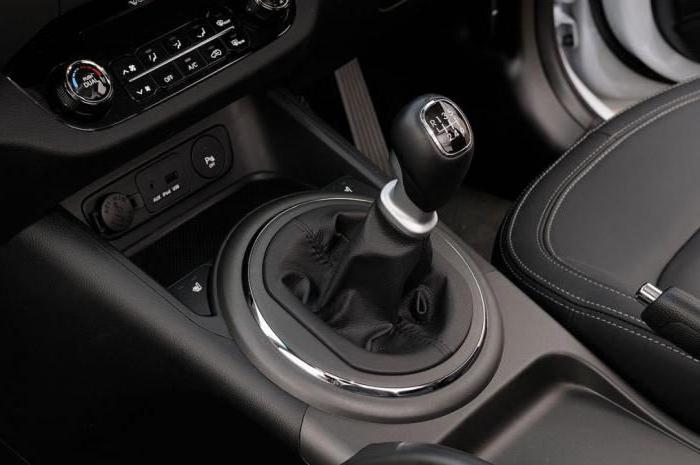Bifilar coil - its varieties and applications
A bifilar coil is an electromagneticcoil, which has two parallel, closely spaced windings. Also, three wires isolated from each other can be used - this device will be called "trifilar coil".

In electrical engineering, the word "bifilar" is used to describeconductor or a wire that is made of several (in particular, two - from the word "bi") veins, isolated from each other. This term is often used to refer to special types of wires for transformer windings. The bifilar wire is basically two colored enameled and insulated wires connected together.
Bifilar coil is a device that you need and can be classified by the method of application. There are basically four main types of this device:
- Coil with series connection and parallel winding.
- Parallel connection and winding.
- The coil is rewound, and the connection is consistent.
- The winding of the coil is made as in the previous paragraph (opposite), but the connection is already parallel.

The bifilar coil is usually wound so that inboth its components the current will flow in the same direction. The magnetic field created by the first winding will be added to the field created by the other coil. This effect leads to the superposition of fields and the creation of a common large magnetic flux.
There are cases when a bifilar coil is assembledslightly differently. For example, when the turns of the windings are arranged in such a way that the electric current flows in opposite directions. These are so-called coils with zero coefficient of self-induction (because the magnetic field created by one winding will be in the direction opposite to the field created by the second winding, however it will be equal to it in value, which in the case of superimposing fields in the sum gives zero).

Such devices are often used in modern electronic equipment as one of the ways of creating a wire resistor with a small inductance.
Another type of device, such as bifilarcoils, can be seen in the windings of the relay or transformers. They are also used in pulsed electric power sources due to their ability to suppress the inverse electromotive force (EMF). The winding of the inductors is then carried out as follows. The two windings are very close to each other and are wound parallel to each other, but are effectively isolated. The main winding will control the relay, but the auxiliary winding is short-circuited inside the enclosure. The current through the first winding is interrupted (when the relay is switched off), there is an absorption of a part of magnetic energy by an auxiliary winding. Such bifilar coils, in addition, produce heat to increase internal resistance.
When using such a coil in pulsedtransformers, one winding is used as an energy dissipator. Because of the proximity of the windings, both conductors capture one magnetic flux and compensate it.















